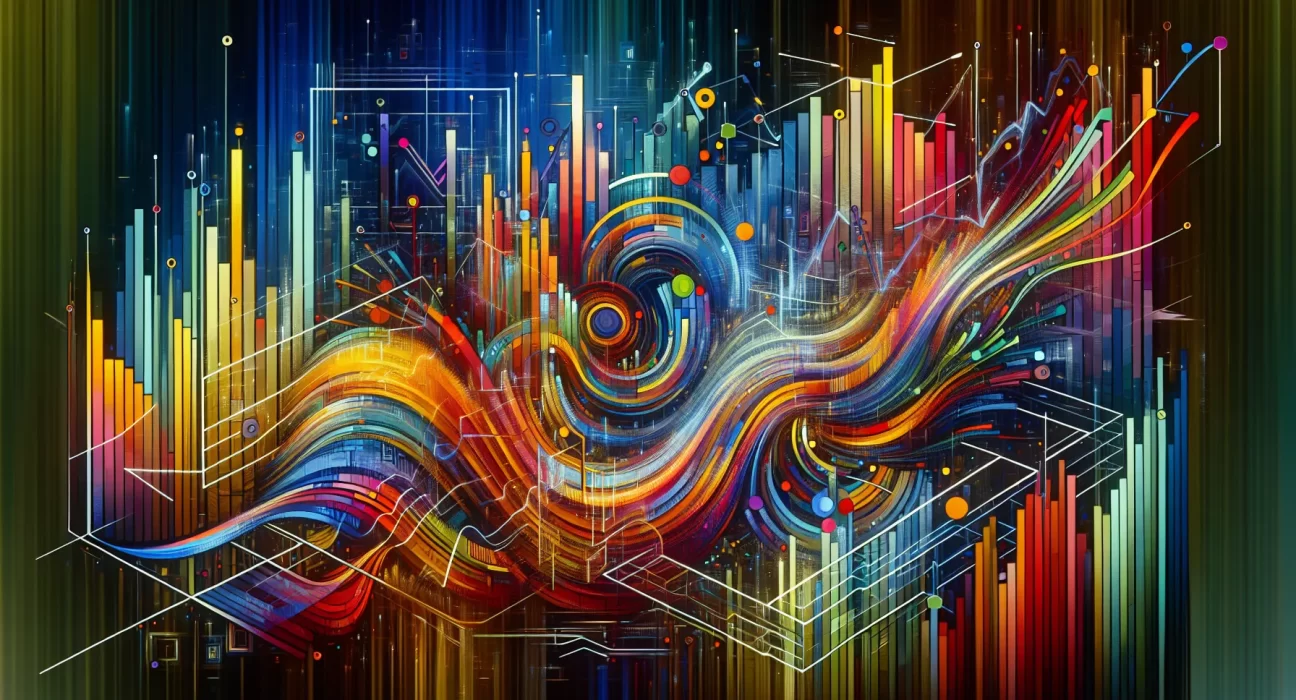Exploring the transformative impact of NFTs on art collecting and investment, we’ve gathered insights from six industry experts, including a Head of Growth and a CTO and Founder. They discuss everything from the global access and regulatory challenges to the hurdles of liquidity and decentralization, offering a comprehensive view of the opportunities and challenges for art enthusiasts.
- Global Access, Regulation Challenges
- Fractional Ownership Opportunities
- Direct Creative Support for Art Enthusiasts
- Skepticism Over NFT Revolution
- Digital Collectibles’ Speculative Value
- NFTs Face Liquidity and Decentralization Hurdles
Global Access, Regulation Challenges
NFTs have transformed art collecting and investment by making it digital. One exciting opportunity is global access for artists and collectors. However, the challenge is dealing with the lack of regulations, which can lead to copyright problems and scams.
Art enthusiasts can now engage with art worldwide, but they need to be careful and check for authenticity in this rapidly changing landscape.
Michael Chen
Head of Growth, Notta
Fractional Ownership Opportunities
NFTs have truly transformed the art collecting and investment landscape by providing a decentralized digital platform. One notable opportunity for art enthusiasts is fractional ownership.
With NFTs, people can collectively invest in high-value artworks, democratizing access to valuable pieces. However, this also introduces a challenge—handling the complexity of shared ownership agreements and decision-making processes.
Art enthusiasts must carefully consider these arrangements’ legal and organizational aspects to ensure a seamless and satisfying collective ownership experience. While fractional ownership broadens access, effective governance structures are crucial for addressing potential challenges and ensuring a positive and collaborative environment among co-owners in the NFT-driven art market.
Dhari Alabdulhadi
CTO and Founder, Ubuy Kuwait
Direct Creative Support for Art Enthusiasts
NFTs have ushered in a new era in art, making it less about physical ownership and more about supporting creators directly and owning something unique in the digital realm. They’ve democratized art for artists, collectors, and investors alike.
With NFTs, you’re investing not just in a piece of art, but also in the artist’s potential and reputation. A key challenge, though, is that people need to familiarize themselves with the crypto world, which isn’t always easy because of its technical sophistication and dynamic nature.
Abid Salahi
Co-Founder and CEO, FinlyWealth
Skepticism Over NFT Revolution
I’d argue NFTs, at least in their current form, have not revolutionized the art collecting and investment landscape. Most people would rather own some type of physical art they can touch and showcase in their home or office, not a JPG image.
The other problem with NFTs is you don’t even own the image; you own a file that says you own the image. The actual images can’t even be stored on the blockchain. Right now, NFTs are simply a greater-fool theory, i.e., people buy them because they think someone else will pay more for them.
John Frigo
E-commerce Manager, Best Price Nutrition
Digital Collectibles’ Speculative Value
NFTs allow art enthusiasts to own unique digital collectibles at a relatively low cost. This new medium also enables artists to cut out middlemen and sell directly to buyers. However, NFTs present one key challenge: determining value.
Without physical scarcity, the value of a digital collectible depends solely on market demand. This makes valuations speculative and volatile. While some NFT artworks have fetched sizeable sums, many others have lost most of their value.
For art enthusiasts, NFTs present the opportunity to own previously inaccessible artworks. Digital artists can now issue limited editions of digital collectibles, allowing a broader range of art lovers to invest in and collect cutting-edge digital art.
But the speculative nature of the NFT market means enthusiasts must do their research to avoid overpaying for hyped projects.
Malcolm Ferrante
Senior Manager, CSB Group
NFTs Face Liquidity and Decentralization Hurdles
In 2023, while Bitcoin soared by over 100%, Non-Fungible Tokens (NFTs) didn’t follow suit, showcasing a lackluster performance despite the monumental hype in previous years. The focus shifted from speculation to a more grounded assessment of value and utility as the dust settled.
A significant issue with NFTs is liquidity, with many projects being illiquid and approximately 70% of NFTs having a floor price of zero in 2023. This situation arose because of the initial NFT euphoria driven by speculative trading, high-profile sales, and an influx of new projects.
The core challenge for NFTs lies in achieving true decentralization. Despite the appearance of decentralization, the system isn’t genuinely decentralized, allowing for the creation of additional tokens referencing the same work of art, potentially leading to centralization.
I believe the key for NFTs to gain traction and liquidity in the future lies in achieving true decentralization. This can only be accomplished by moving away from centralized platforms and embracing truly decentralized networks, akin to the Bitcoin model.
Andrea Carnimeo
Founder, blockdyor

